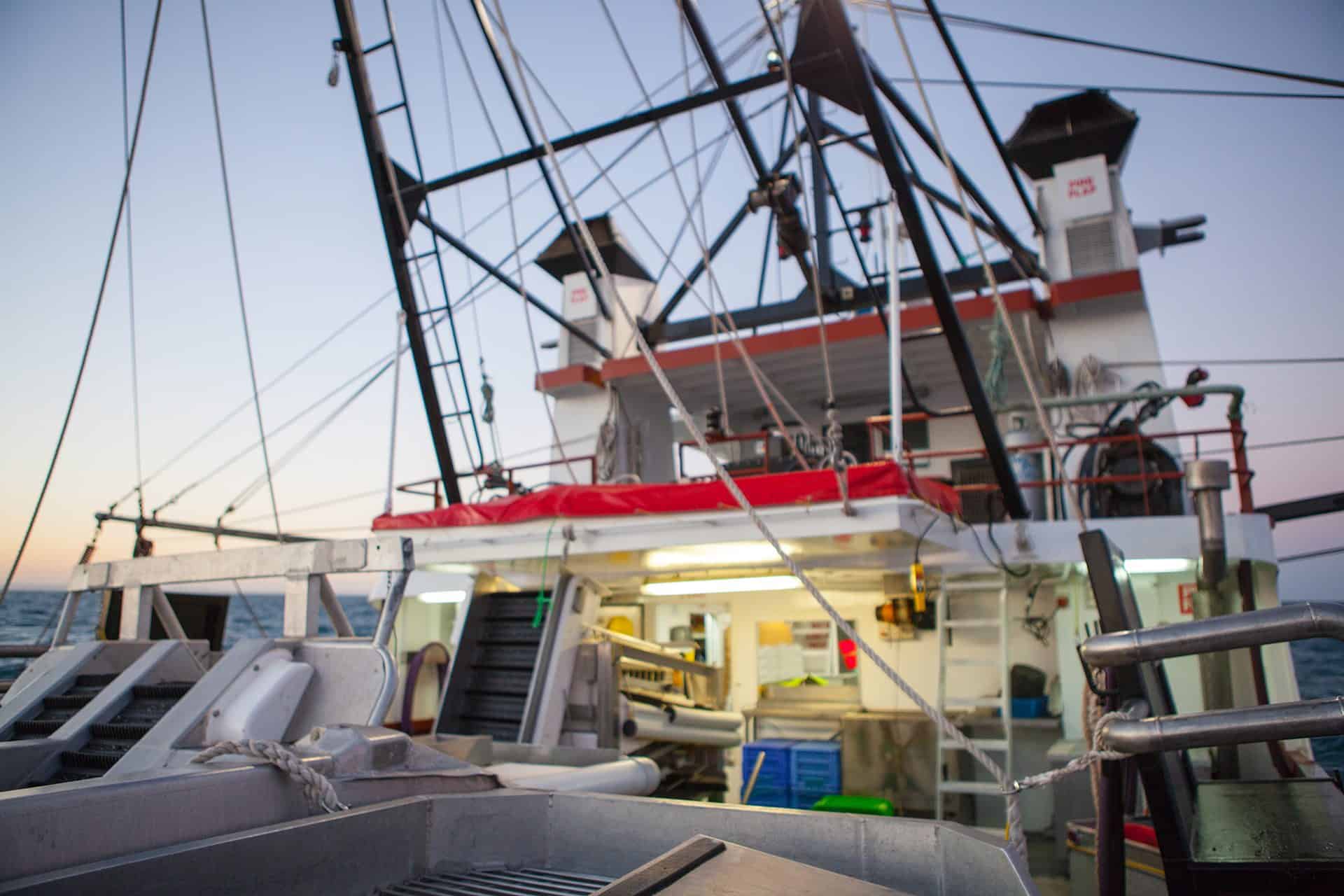With the knowledge that we will need to feed approximately 9 billion people globally by 2050 it is no wonder global seafood markets are being watched closely by investors, considering fish is a major protein source in diets around the world. As demand for seafood increases and market supply tightens, the value of well managed and sustainable fisheries, such as Australian fisheries, will surely increase. Fishing rights in Australia are not dissimilar to other property assets in their rate of return, interest is building from private equity firms and other investors as seafood consumption increases globally.
Thai Union Group Statistics on Seafood Consumption & Market Growth
One of the most active investors in the seafood sector, The Bangkok listed Thai Union Group has reported that over the past three years, the global fish and seafood market has continued to grow steadily at a compound annual growth rate (CAGR) of 4.1% (2014-16) and reached a combined value of $216 billion in 2016. The market growth is expected to accelerate to CAGR 4.5% (2016-18), reaching $236 billion, due to a combination of both price increases and consumption growth.
Globally, fish and seafood consumption is forecast to increase approximately 7% from 20.3 kilograms per capita in 2015 to 21.8 kilogram per captia in 2025. The projected growth is largely driven by Asia-Pacific countries, such as Indonesia, Malaysia and China, where the consumption of seafood is considerably higher than the global average.
Australia’s close proximity to these markets makes this an interesting opportunity to grow within these markets.
Market Share Trends
Growing populations, income growth, urbanization and the desire for dietary diversification are expected to see the South East Asian region account for approximately 40% of the global seafood market value share. Europe is the second largest seafood market with 32% of the global market share in 2016. The United States (US) is the third largest seafood market and biggest seafood importer. The outlook in the US market in 2018 is expected to grow to $58.6 billion (CAGR 5%), which equates to a market share of 25% (according to the Thai Union Group).
Australian Fishing Rights
While Australia is considered a low volume/high quality producer of seafood, our proximity to South East Asian markets and secure and sustainable access to high demand species such as tuna and prawns, make investments in Australian fishing rights an attractive proposition.
29 May 2017

